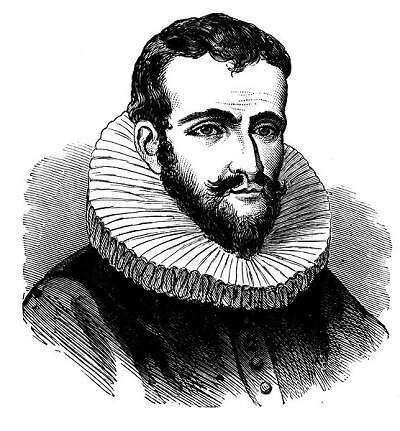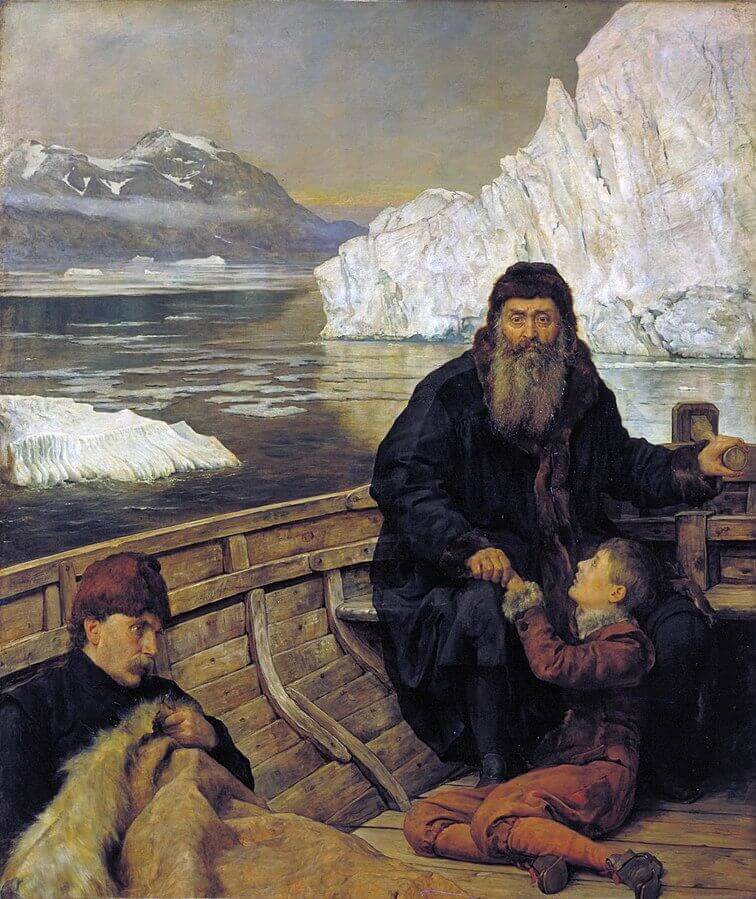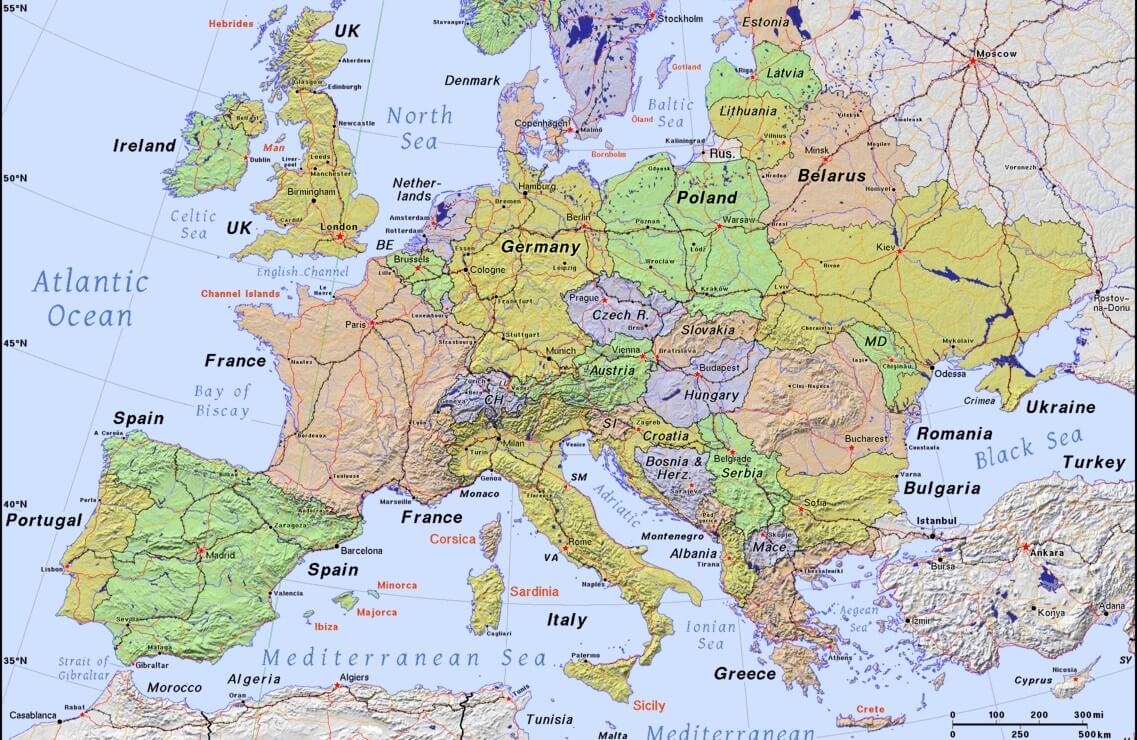 A History of the United States and its People
A History of the United States
A History of the United States and its People
A History of the United States



 A History of the United States and its People
A History of the United States
A History of the United States and its People
A History of the United States

Study the chapter for one week.
Over the week:
Activity 1: Narrate the Chapter
Activity 2: Study the Chapter Picture
Study the chapter picture, 'Henry Hudson and His Son Adrift' by John Collier.
Find the following:

Activity 3: Map the Story



Activity 4: Play the State Names and Locations Game
Activity 5: Complete Copywork, Narration, Dictation, and Mapwork
